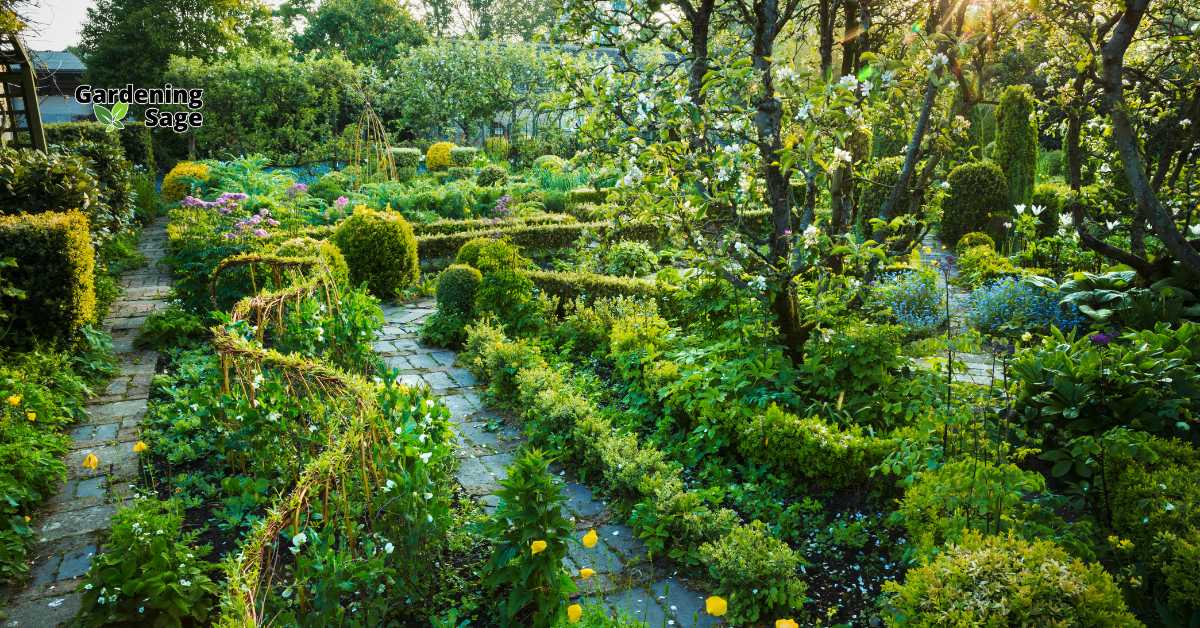Transforming a modest garden into a dynamic, multi-dimensional sanctuary is an art form that marries creativity with strategic planning. The secret to achieving this lies in mastering the concept of layered landscaping—a technique that weaves together various plant heights, textures, and colors to create a garden that captivates at every glance.
This comprehensive guide will navigate you through the nuances of building depth and intrigue in your garden design, ensuring your outdoor space isn’t just seen but truly experienced.
The Essence of Layered Landscaping
Layered landscaping transcends traditional gardening by introducing a vertical hierarchy of plant life, creating a rich tapestry that engages the senses and invites discovery. This approach not only enhances the aesthetic appeal of your garden but also contributes to biodiversity and ecosystem health.
The Architectural Backbone: Structuring Your Garden
The foundation of a layered landscape lies in its structure—starting with the tallest elements like canopy trees and working down to shrubs, perennials, and ground covers. This structural backbone not only establishes the garden’s profile but also defines its flow and character.
Harmonizing Colors and Textures
A well-layered garden harmonizes color palettes and textures, creating a cohesive yet dynamic display. Incorporating a variety of foliage types and flowering plants ensures visual interest throughout the seasons, turning your garden into a living mosaic of colors and forms.
From Theory to Terrain: Practical Layering Techniques
Groundwork: The Soil Canvas
Begin with enriching the soil, creating a fertile foundation for diverse plant life. Consider each plant’s needs, from nutrient requirements to moisture levels, ensuring a harmonious coexistence that mimics natural ecosystems.
Strategic Plant Selection
Selecting the right plants is crucial in a layered garden. Consider native species for sustainability and adapt plants to your garden‘s microclimates, ensuring each layer thrives and contributes to the overall design.
Water Wisely: Irrigation in Depth
Effective irrigation is key to maintaining a layered landscape. Drip systems and soaker hoses offer targeted watering that reaches deep roots, minimizing waste and promoting healthy plant growth.
Front Yard Finesse: Creating Curb Appeal
Your front yard is the prologue to your home’s story. Use layered landscaping to craft a welcoming entrance that reflects your style, from elegant ornamental grasses to vibrant flower beds that guide guests to your doorstep.
Backyard Bliss: Crafting Personal Retreats
Transform your backyard into a layered haven, blending aesthetic beauty with functional spaces. Incorporate outdoor living areas, from serene reading nooks to lively entertainment patios, seamlessly integrated within the layered vegetation.
Seasonal Symphony: The Ever-Evolving Garden
A layered garden is a living entity, evolving with the seasons. Plan for year-round interest by incorporating plants that offer seasonal blooms, autumn foliage, and striking winter silhouettes, ensuring your garden remains a focal point regardless of the season.
Tips for the Aspiring Green Thumb
- Garden Zones and Microclimates: Tailor your plant choices to your garden’s specific conditions, enhancing growth and sustainability.
- Edible Landscaping: Integrate edible plants into your layers for a garden that’s as functional as it is beautiful, providing fresh produce right from your backyard.
- Wildlife-Friendly Practices: Design your garden to attract pollinators and beneficial wildlife, supporting local ecosystems and adding a dynamic element to your garden.














